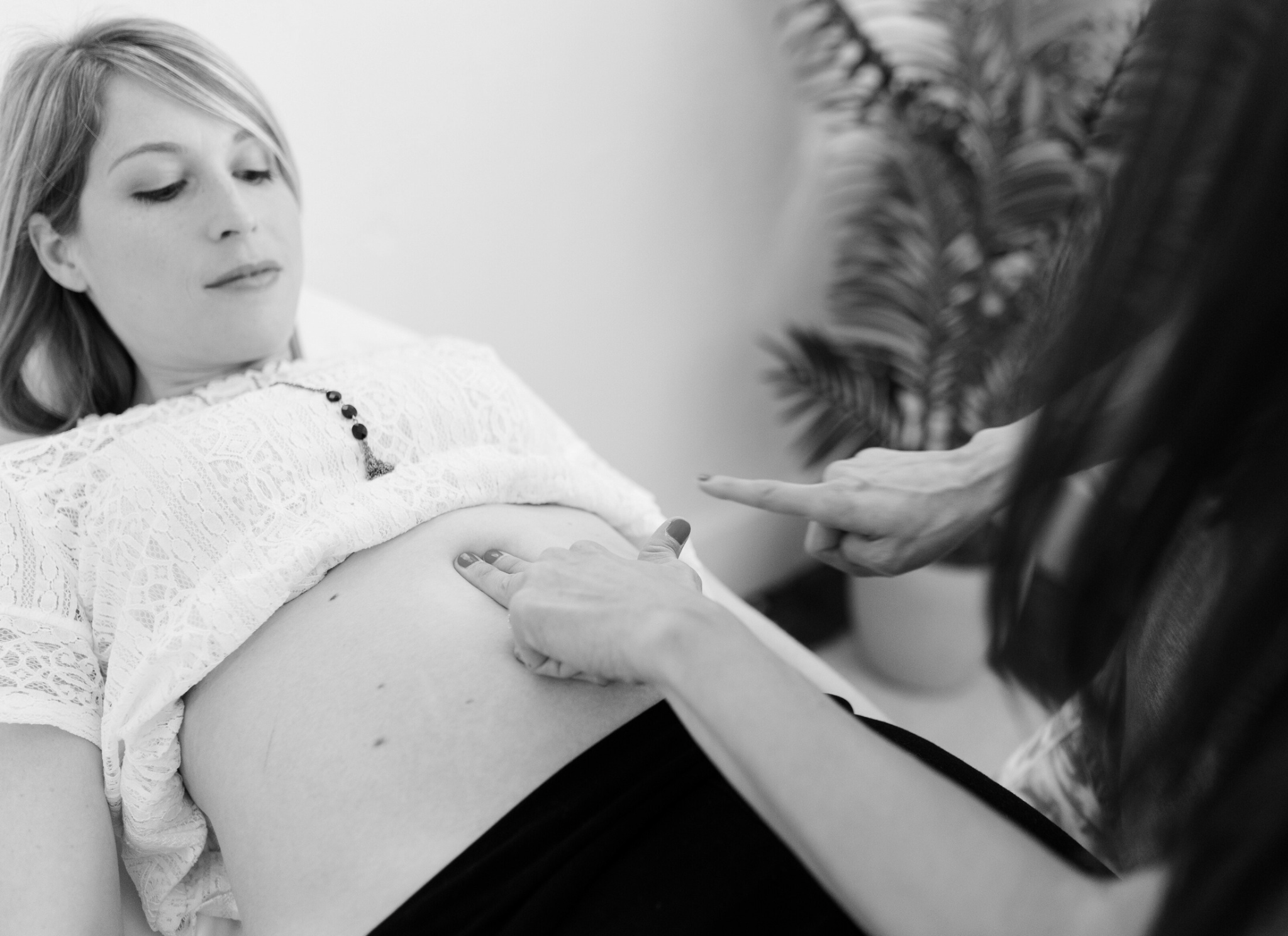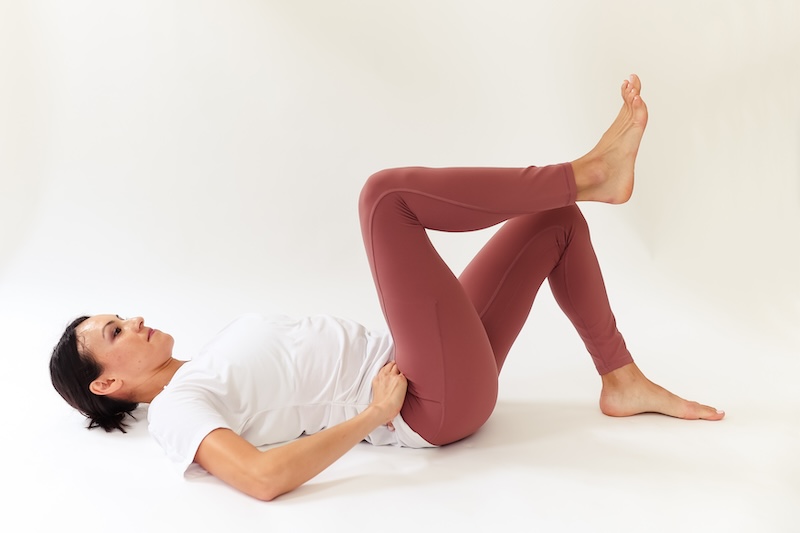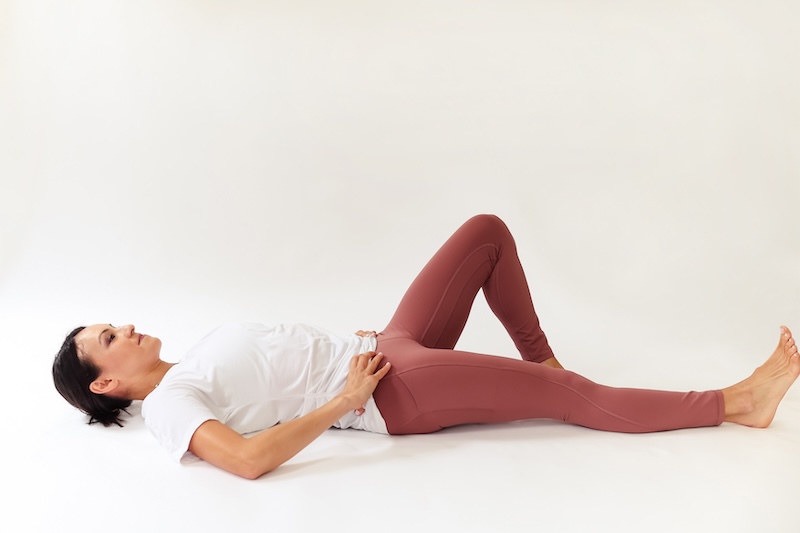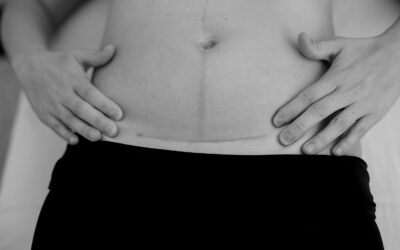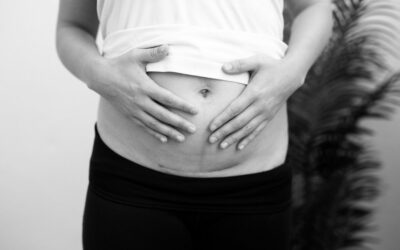Diastasis recti is one of the more common—and most misunderstood—conditions people experience – though most don’t actually know how to fix diastasis recti without surgery.
Not only does diastasis recti not resolve on its own, but it can actually worsen without proper attention. To make matters worse, lots of people are told surgery is the only way to heal their abdominal wall after holding a growing baby.
Well, buckle up friend, because I’m here with some good news!
First, lots of folks have great results with non-surgical options for diastasis recti repair. I’ll get to those in a moment.
Second, studies show it’s never too late to show your deep core some big love! Even if it’s been years since you noticed abdominal separation symptoms, I have some tips to help restore function, increase strength, and decrease discomfort.
How to Fix Diastasis Recti Without Surgery
Diastasis recti is when the connective tissue in the middle of your abdominal muscles, known as the linea alba, separates. This separation occurs in the rectus abdominis muscles – more commonly called the 6-pack ab muscle, which run vertically from the sternum to the pubic bone.
To repair diastasis recti, some people opt to have a surgeon perform a procedure to bring the two sides of the rectus abdominal muscles closer together.
But many people would rather not have surgery because of the potential risks (and certain costs). In that case, there are plenty of non-invasive or minimally invasive options to show your deep core some big love.
#1 Do pelvic floor physical therapy.
The very first thing I recommend people with diastasis recti do is to see a pelvic floor physical therapist. And not just because I am one.
Pelvic floor physical therapy is a non-invasive option that can help to:
- Assess for and diagnose potential diastasis recti.
- Look at strength, motor control, and endurance in your deep core.
- Give specific modifications that fit your lifestyle.
- Provide treatment for weakened or tightened tissues that increase your risk.
- Prepare you for subsequent childbirth experiences to help minimize abdominal separation from recurring or worsening.
#2 Exhale with exertion.
Breathing the right way, without adding extra pressure on your abdominal muscles, is essential to your healing process.
When lifting, pushing, or working out, be sure to exhale, instead of holding your breath. Exhaling with exertion decreases the pressure on your pelvic floor to support your healing abdominal muscles.
#3 Modify daily activities.
Even small adjustments to your regular movements can help to slowly heal your diastasis recti and protect you from further injury.
Make sure to:
- Wear supportive garments for short periods of time every day. I recommend the baobei maternity postpartum support bloomers to give your abs a bit of a break.
- Roll in and out of bed. Swing your legs out first and use your arms to push up. Avoiding that crunch maneuver decreases excessive pressure on your abdominal wall.
- Avoid constipation. Hydrate well, eat lots of fiber, and use a Squatty Potty so you don’t have to strain to poop.
#4 Change up your exercise routine.
Before we talk about what exercises can help heal diastasis recti, we have to talk about how to do them properly. Without the right breathing and support, you may do more harm to your abdominal wall than good.
- Take slow, controlled exhales when lifting to reduce pressure on the abdomen.
- If you plan to plank, do so on your knees. For side planks, drop your bottom knee to the floor.
- Instead of crunches or sit-ups, try bridges or planks.
- If you’re the mountain climber type, put your hands on a bench instead of on the floor.
In short, if any movement causes that textbook doming, coning, or deep invagination in the midline of your abs, stop and modify what you’re doing to give your abdominal muscles a chance to heal.
#5 Exercise your pelvic floor and core.
The best exercises to help heal diastasis recti focus on activating your deeper core muscles, also known as the transverse abdominal muscles. Working on activating these muscles will help shorten the abdominal separation and restore overall core strength.
Transverse Abdominal Contractions
Lie down with your knees bent and spine lengthened. Place your hands on your stomach and breathe normally. On an exhale, squeeze your core by drawing your belly button in and up toward your spine. Relax on the inhale. Repeat.
Pelvic Tilts
Lie on your back with your knees bent. As you exhale, flatten your back against the floor by tightening your core and tipping your pelvis up slightly. Hold for 5 seconds.
Leg Marches
Lie on your back with your arms along your hips. Lift your legs up and bend your knees so that they’re over your hips. Contract your belly by pulling your belly button in toward your spine. Slowly lower your right foot and “tap” the floor. Keep the 90-degree knee bend as you lower the leg. Return your right leg to the start and repeat with the left leg. Alternate for 30 to 60 seconds.
Straight Leg Raise
Lie on your back, planting your left foot on the ground bending at the knee. Extend your right leg straight in front of you. Place your hands slightly behind you. On an exhale, lift your right leg up toward the ceiling. Pull in your belly button in and up toward your spine. Repeat 20 times, then switch sides.
Learn how to fix diastasis recti without surgery today.
Abdominal separation is common, but it’s possible to fix diastasis recti even years later!
The V-Hive Membership offers at-home pelvic floor and core exercise programs that can help you learn how to fix diastasis recti without surgery. These curated programs meet you right where you are—whether you’re currently pregnant, newly postpartum, or your littles are grown and gone.

